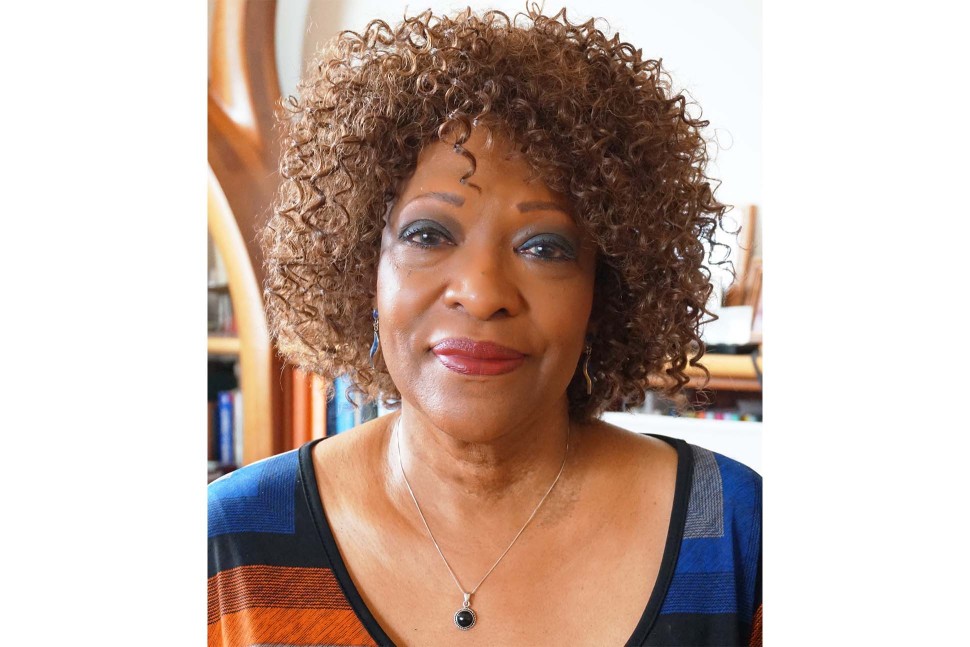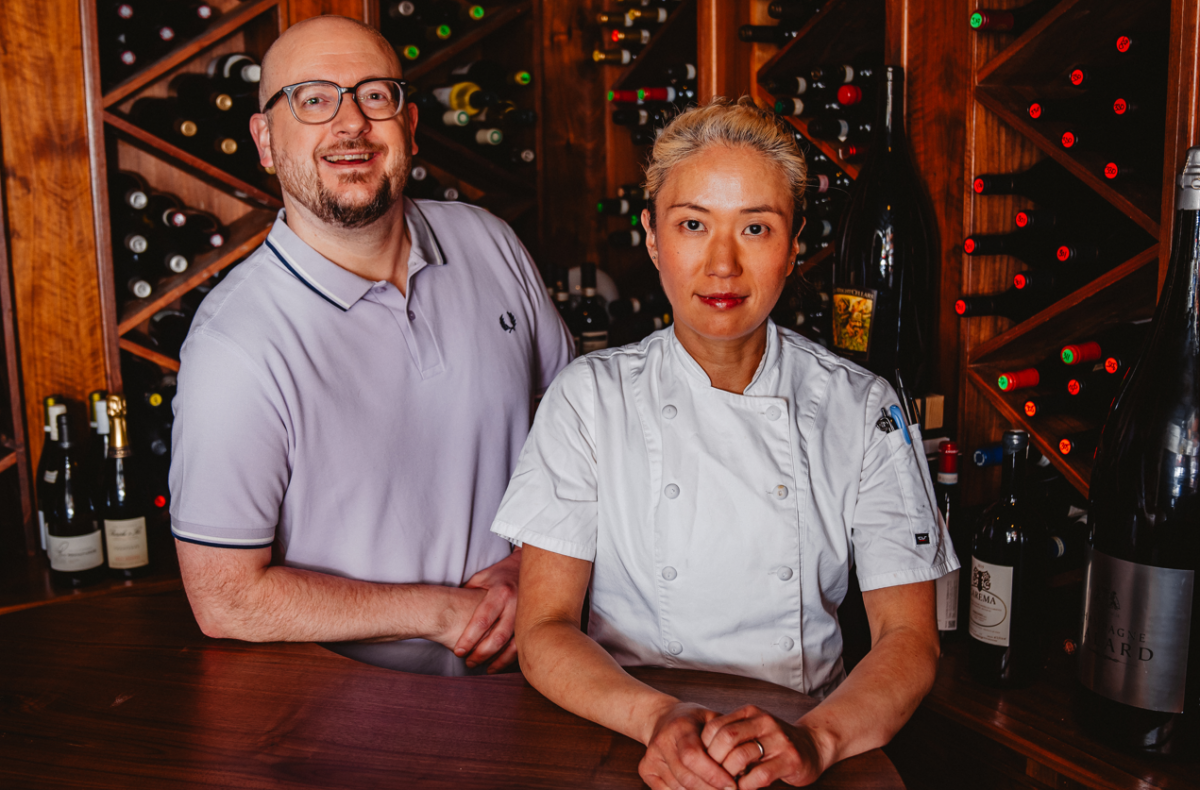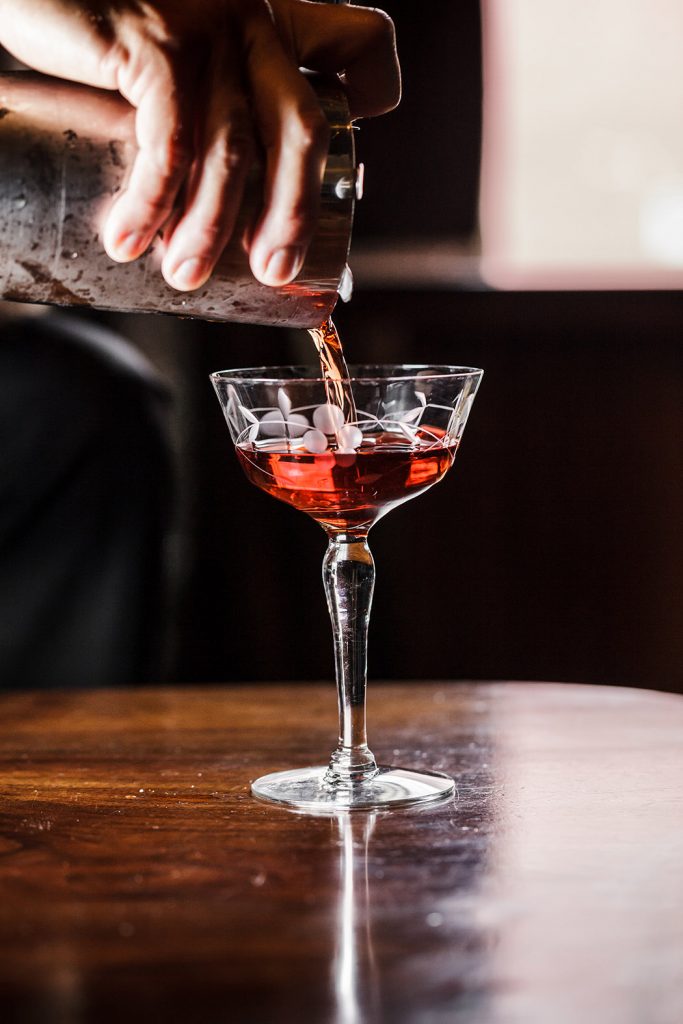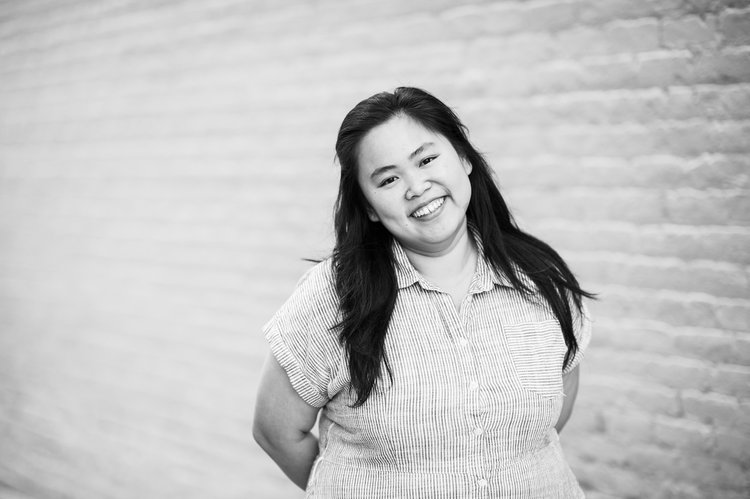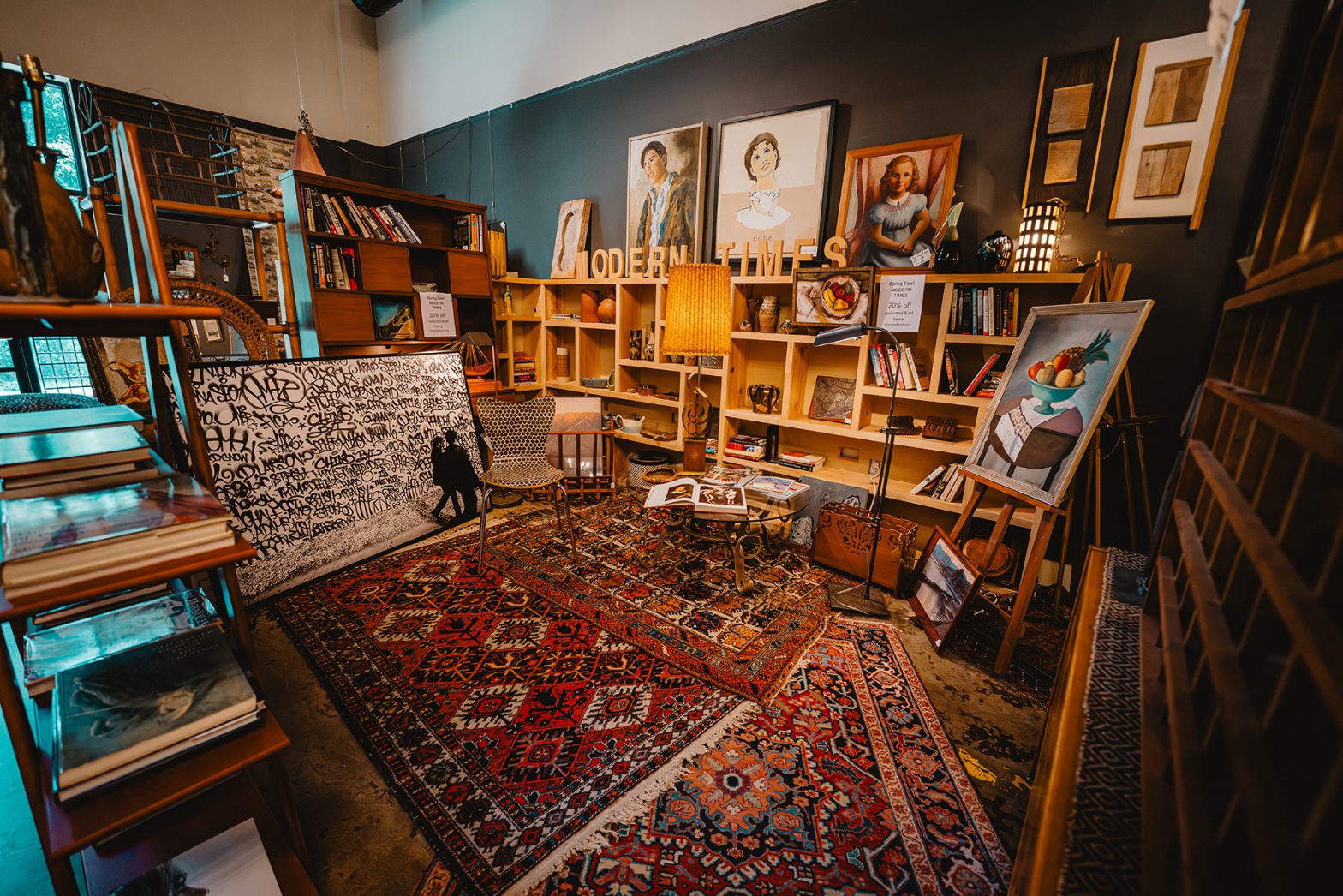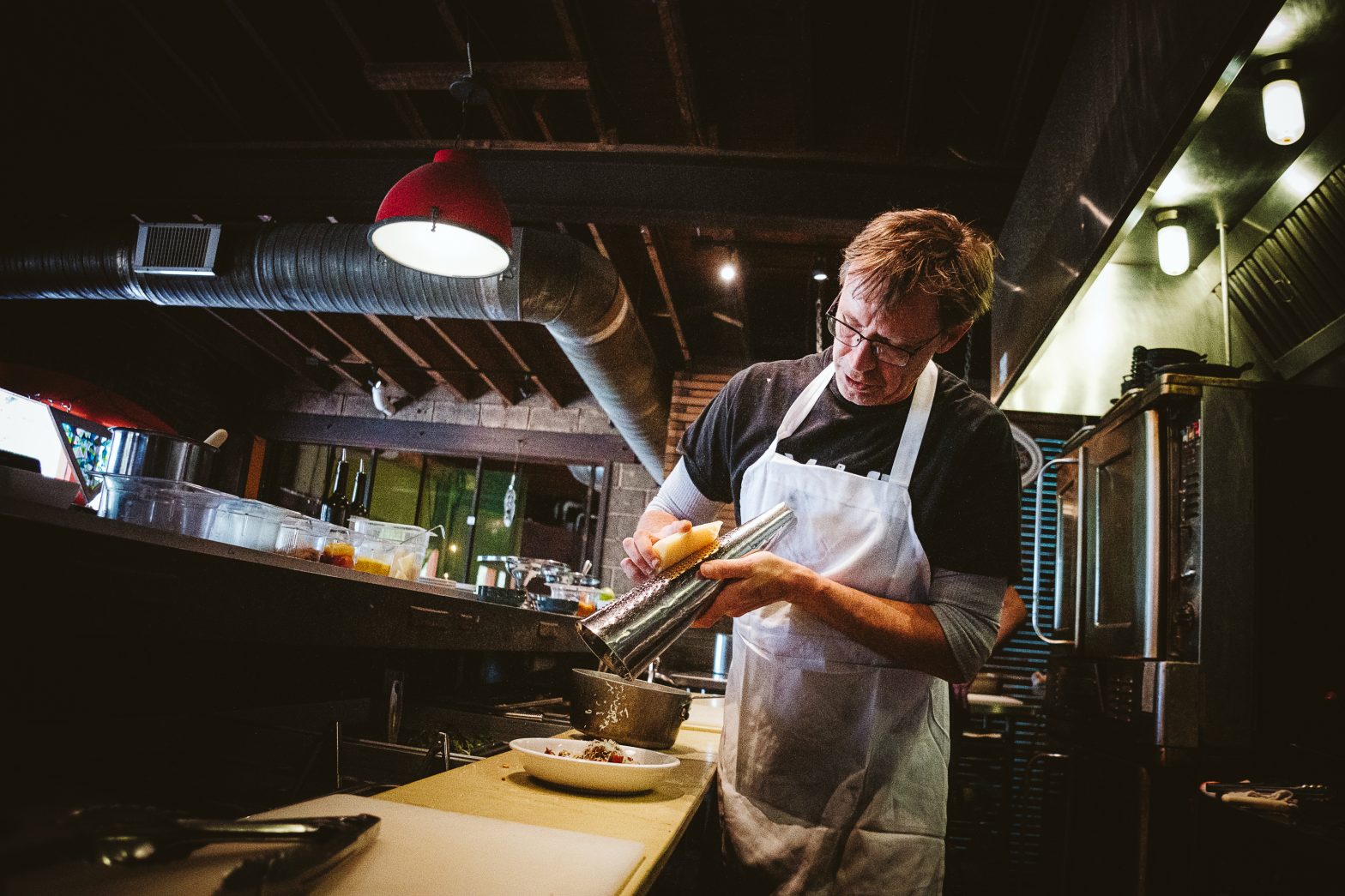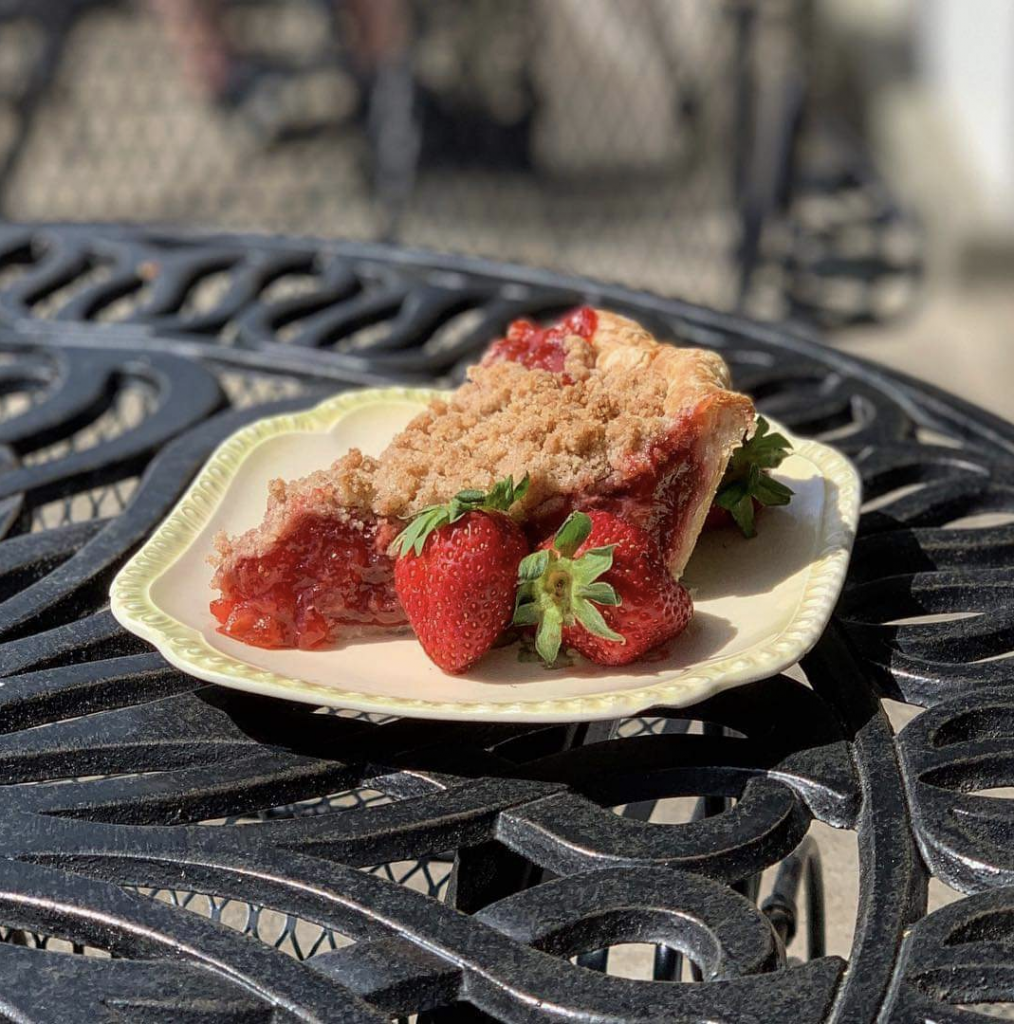Birdy, November 1, The Paramount Theater
I Hope This Helps!, November 2, Violet Crown 3
From his first film, Baby It’s You, directed by John Sayles, to his recent role as Dr. Martin “Papa” Brenner in Netflix’s “Stranger Things” and a star turn in Christopher Nolan’s Oppenheimer, Matthew Modine’s accomplishments in film, television, and on stage define the range of his talent. In addition to Sayles, the Golden Globe Award-winning actor has also worked with directors Oliver Stone, Stanley Kubrick, Robert Altman, Spike Lee, and Jonathan Demme, to name a few. He’s been directing since the ’90s, and is the co-founder of the production company Cinco Dedos Peliculas. At the Virginia Film Festival, Modine will participate in discussions following the screening of 1984’s Birdy, and the documentary I Hope This Helps!. He answered a few questions for us by email ahead of his appearances.—TK
C-VILLE Weekly: What attracted you to produce the documentary I Hope This Helps!?
Matthew Modine: My producing partner at Cinco Dedos Peliculas, Adam Rackoff, knows that I am curious about consciousness. What is it? When did we become conscious of our consciousness? When did humans become self-aware of our existence?
These are impossible questions to answer and a fascinating subject to delve through. I believe human consciousness has slowly evolved over millions of years. By contrast, artificial intelligence is pretty much brand new, and something that is evolving way, way, way too fast. If we get this wrong—if we don’t have guardrails in place—we will not be able to put this horse back in the barn.
If you have concerns about the consolidation of power, the distribution of news and current events, ‘deepfakes,’ the freedom of movement, you should watch this movement closely.
There’s no way to know what countries the U.S. is continually suspicious of—aren’t already way ahead of the west in this space. “Artificial General Intelligence” is already happening. For sure. This means AI is now able to improve itself—with no human intervention. That should concern all of us. I don’t think it’s hyperbole to sound the bell of caution. I Hope This Helps! humorously illustrates where we are, and where this AI shop is headed.
You’ve worked with an impressive list of directors. Who stands out?
Many of the directors I’ve had the pleasure of working with are still living. So I wouldn’t want to pick favorites. Suffice it to say, I’ve learned something useful from each of them.
What role has had the most personal effect on you?
Maybe Louden Swain, from Vision Quest. It’s a coming-of-age story about a high-school wrestler. I learned from the experience how important it is to maintain focus and that whatever it is we hope to accomplish demands effort and self-determination. Some folks are gifted with natural genius and athletic abilities. But even those who are blessed have to put in the effort to master a craft.
How did you prepare to play Dr. Martin Brenner in “Stranger Things”?
First off, I do not enjoy playing “bad” guys. I get no pleasure from it. The Duffer Brothers, Ross and Matt, wrote terrific scripts and gave me space to create a person that is a conundrum. Someone the audience would be confused by. His look, clothing, hair, speech pattern, that was good fun to pull together with the show’s creative team.
In 1985, New York magazine noted that you and Matthew Broderick were fine actors, but not part of the Brat Pack. Did the Brat Pack label have any effect on your roles or social engagements at the time?
Matthew and I, simply by living in NYC, would have been 3,000 miles away from that silliness. Matthew is a very talented and disciplined theater actor. If he was going out in those days, I’d bet it was with legends from the theater world. I was busy going from film project to film project, two years in England with Stanley Kubrick, during the height of the Brat Pack era. There wasn’t any time in our lives for being in a club.
You are known for your work as an environmental activist. What is your current focus?
Being an environmentalist isn’t a hobby. It’s a demanding commitment to protecting the entirety of nature. The world is like a spider’s web and what we do to a single thread has an impact upon the entire web.
An oil tanker sinking doesn’t just affect the place it sunk and spilled its millions of gallons. The repercussions are far-reaching. The nuclear disaster at Fukushima is an example of how a nuclear explosion in a considerably small location can affect the entire Pacific Ocean and all the creatures within it.
So my focus is global. We have searched the universe looking for “Goldilocks” planets—places that resemble our home—and so far found none. This should magnify our responsibility to protecting all life on the earth and the soil, air, and water, and demanding peaceful resolution through diplomacy to or momentary differences.
What was your reaction when you discovered that the Trump campaign used clips of you from the movie Full Metal Jacket in an online post?
I think my statement on the subject covers how I felt.
[In his statement published in Entertainment Weekly, Modine said, “… Trump has twisted and profoundly distorted Kubrick’s powerful anti-war film into a perverse, homophobic, and manipulative tool of propaganda.”]
With such an accomplished career, what would you change?
We cannot change the past. So it’s a total waste of time to live in regret. I’m here. I’m here now. Believe it or not, 99 percent of life is trying to accomplish something so that we are appreciated, maybe even loved, for what we happily give to others. That means for me, joyfully and gleefully doing for others.


